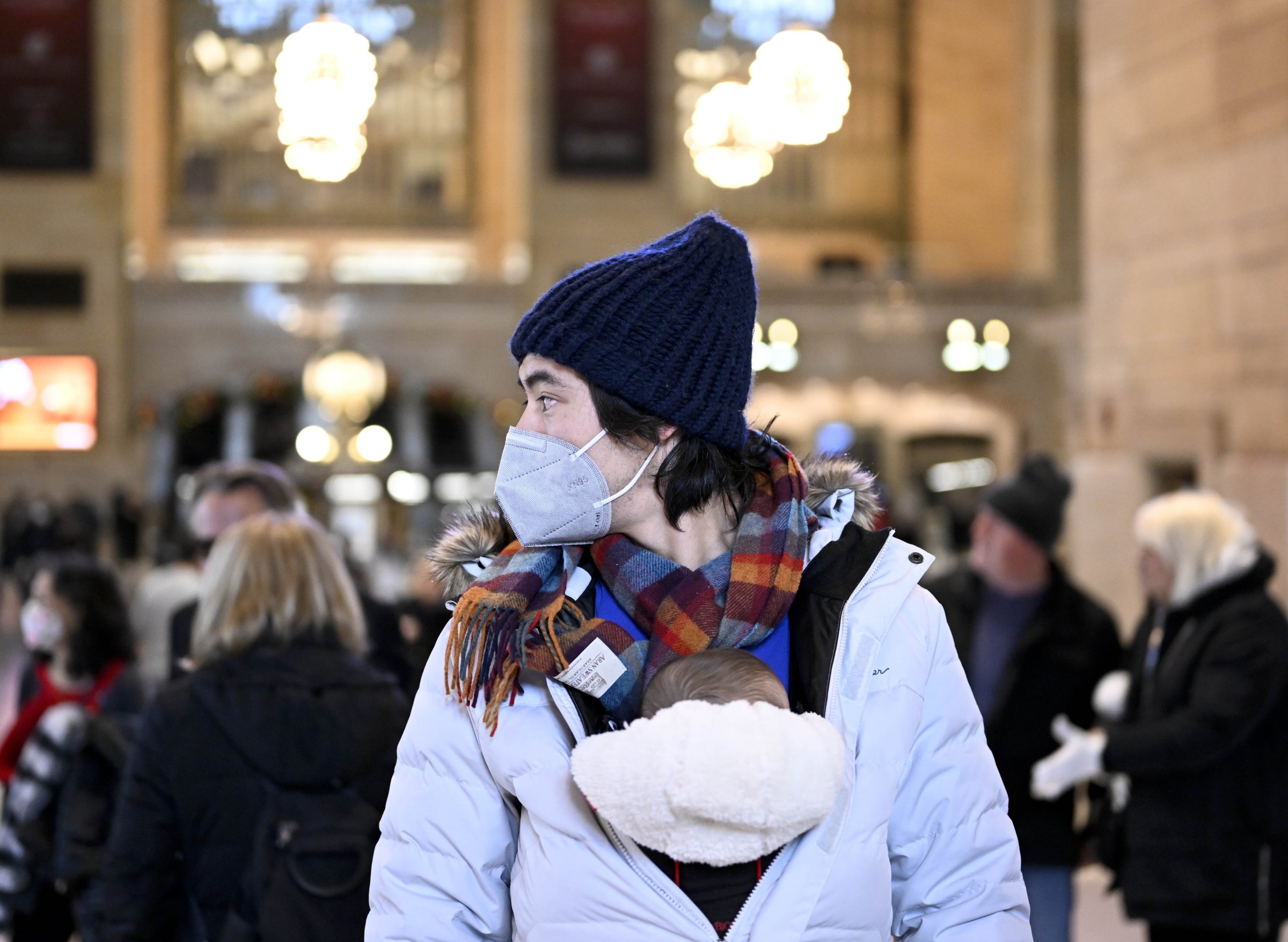
This winter has brought a cold reminder that SARS-CoV-2 isn’t the only virus we need to think about. After two winters during which influenza was subdued by pandemic precautions, the last few months have shown that the flu is still a major public health threat that can overwhelm busy hospitals and cost thousands of lives.
This flu season is no 100-year outbreak. But it’s the most severe flu season since the start of the pandemic. “It looks very similar to some of the worst seasons in the past 10 years,” says John Huddleston, a staff scientist in the Bedford Lab at Fred Hutchinson Cancer Center, where he tracks the evolution of influenza viruses.
Huddleston compares the 2022-2023 flu season to one of the worst flu seasons over the last decade: 2014-2015. During the peak of that season, the rate of hospitalization reached 9 per 100,000 people, while in this season, the highest mark so far has been 8.7, during the week that ended Dec. 3. By comparison, during the peak of the flu season last year, the rate was only 1.2 per 100,000 people.
It’s too soon to tell for certain, but the current flu season may also have a similar death toll to the other most severe years of the last decade. As of Jan. 13, the U.S. Centers for Disease Control and Prevention (CDC) has estimated that between 16,000 and 48,000 flu people have already died from the flu this season; the final tally could approach or surpass the 52,000 deaths in the 2017-2018 season, or the 51,000 counted during 2014-2015.
Even though this winter is comparable to other recent severe flu seasons, this one has been particularly challenging for health care workers, says Dr. Panagis Galiatsatos a pulmonary and critical care medicine physician at Johns Hopkins Medicine in Baltimore, Md. That’s because the U.S health workforce is still coping with burnout and understaffing worsened by the pandemic. “The biggest difference that makes this year seem horrible, is that healthcare systems are probably just running on fumes. COVID has burnt us out,” says Galiatsatos. “We’re just so beaten, we’re just so tired.”
Even if you’re not a health care worker, the current flu season may seem particularly severe, and to be infecting more people you know than usual. In part, that is because this flu season began unusually early—but on the positive side, it may have also peaked earlier. While flu seasons often peak in January or February, researchers believe this one peaked in December. One reason it hit so fast in late 2022, according to the CDC, is because fewer people contracted the flu during the first two years of the COVID-19 pandemic, leaving them more likely to get the virus now. Huddleston agrees: “It’s just an increased pool of people that are susceptible to infection.”
This altered timeline may also have affected the public’s preparations for the flu. Galiatsatos says one reason that this year has been so bad is that some people may have gotten flu while waiting to get the flu vaccine, as they didn’t expect the outbreak to hit so early. This, in turn, may have been the reason flu-related hospitalization spiking in October—usually, that doesn’t happen until November.
Annual vaccination is the best way to increase your immunity to season flu, but this year only 40% of U.S. adults got the shots between Oct. 30 and Nov. 26., according to CDC data. Further, the fact that “we’ve been a little spoiled without a bad flu season for a few years,” says Galiasatos, means population-wide immunity was likely down in late 2022 compared to previous flu seasons.
For now, the flu is declining in most of the U.S., according to the CDC’s Jan. 13 Weekly U.S. Influenza Surveillance Report. However, “the big unknown,” says Huddleston, is whether the early start of the flu season could mean there’s a chance for a second peak, which has occurred in some flu seasons, including in 2018-2019.
Correction, Jan. 20
The original version of this story misstated the name of John Huddleston’s workplace. It is the Fred Hutchinson Cancer Center, not the Fred Hutch Medical Center.
More Must-Reads From TIME
- What Student Photojournalists Saw at the Campus Protests
- How Far Trump Would Go
- Why Maternity Care Is Underpaid
- Saving Seconds Is Better Than Hours
- Why Your Breakfast Should Start with a Vegetable
- Welcome to the Golden Age of Ryan Gosling
- The 100 Most Influential People of 2024
- Want Weekly Recs on What to Watch, Read, and More? Sign Up for Worth Your Time
Contact us at letters@time.com